 I was thinking today about why I enjoyed reading Daughters of Babylon so much (a book we launched this week). The fact that I was doing so at all exemplifies the contradictory demands I place on fiction (in other words, I’m an awkward so-and-so). You see, I love to be thrilled by fabulous vistas and quirky little puzzles that I cannot quite explain. At the same time, my brain naturally wants to make sense of the pattern, to glimpse the big picture and understand.
I was thinking today about why I enjoyed reading Daughters of Babylon so much (a book we launched this week). The fact that I was doing so at all exemplifies the contradictory demands I place on fiction (in other words, I’m an awkward so-and-so). You see, I love to be thrilled by fabulous vistas and quirky little puzzles that I cannot quite explain. At the same time, my brain naturally wants to make sense of the pattern, to glimpse the big picture and understand.
I told you I was awkward.
Just enjoying the book isn’t enough. I want to understand why I enjoyed it.
You see, there are many examples of otherwise great fiction that don’t quite satisfy me – enjoyable enough, says my awkward brain – but still flawed.
Kindred by Octavia E. Butler is one such example. It’s a superbly crafted book, and an uncomfortable read. I recommend it. But the fantastic element of the time slip (the protagonist – an African-American woman from the 1970s – slips back to the time of antebellum slavery) is contrived. It’s there to explore slavery first hand through (what was at the time of publication) modern-day eyes. That contrivance is employed several times. I wish it weren’t used so prominently. There are few books I’ve read twice. Kindred is one of that select group, but when the pattern-recognition part of my brain looks at why this time-slipping is happening, I don’t see a big picture, a glimpse of the universe from a new perspective, I only see the author tapping away at her typewriter, setting up the device allowing her to tell the story she want to tell.
Octavia E. Butler was a skilled writer, sorely missed. Not all of us are blessed by such talent. But that is no obstacle to lesser writers adding to the pantheon of literary historical mystery thrillers. Or maybe I should write split-time, split-narrative puzzle mysteries. Okay, let’s face it, there is no neat genre name for what is essentially a genre mashup. But awkward genre names should only ever stress out publishers and bookstore retailers wondering which shelf deserves the book. What I mean are books such as the ‘Languedoc’ series by Kate Mosse.
Mosse’s Languedoc’ series starts with Labyrinth, which features a contemporary mystery taking place in Carcassonne, a famously well-preserved medieval town in modern France. At the same time dramatic events center around Carcassonne eight centuries earlier during the Albigensian Crusade, a struggle in which around a million people were killed. The two echo. There is a connection.
There was also a TV series, which was well deserved because there was a good story in Labyrinth. In fact, Labyrinth was a great commercial success, possibly spurred on by the even greater success of Dan Brown’s The Da Vinci Code, which, while more of a contemporary conspiracy-thriller, bears many similarities to the rash of split-time mysteries (for example, the contemporary mystery part of The Da Vinci Code can only be explained through the echoes from medieval times).
I’ve read several other recent contemporary/historical mysteries that I found considerably less impressive. When I look for the big picture, instead of a sense of wonder, I get a sense of an author ticking boxes.
* A contemporary setting infused with history (e.g. Carcassonne) … check! * Ancient conspiracy/ hidden sect still functioning today … check! * A parallel story set 700-1000 years earlier… check! * A similarity between the contemporary and historical main character or their predicament… check! * Unrequited love or lover’s grief that not only has parallels across the timelines, but is the force of nature that tunnels through time to create a physical connection between both plotlines… check!
Now, I happen to believe that fashioning your book to meet your target audience’s expectations is an example of a professional author using their common sense, not artistic sell-out. But the results can be truly awful when the author tries to force a story into a shape that is not right for it. I don’t mind common tropes taken in fresh new directions, but I wince at some of the clumsy excuses for why the narrative is split across two timelines. A broken heart? A terrible wrong that needs to be righted?
Possibly… if you can convince me. But too often we have two stories set in different times with the flimsiest of connections. Better to have written the two separate stories that they really are than attempt to glue them together with the literary equivalent of half-chewed gum, just to board the split-time genre gravy train before the axles come off.
Mosse’s Labyrinth has Carcassonne in a contemporary and early medieval setting. Daughters of Babylon has Queen of Heaven – an area only a little to the west of Carcassonne – where the contemporary protagonist confronts a mystery embedded in the time of Eleanor of Aquitaine (also a medieval time, even earlier than in Mosse’s book).
So if you hurriedly skimmed the description of Daughters, you might think:“rehash of Labyrinth”. But it is not. While I have no doubt that Labyrinth lovers will also love Daughters of Babylon (in fact, I already know this to be so: several of our wonderful beta readers told me they enjoyed both books) there are many elements of style and narrative that differ. Markedly.
Exhibit A. Daughters has a Mexican strand set in the 1970s (as well as scenes in the Crusader Kingdoms of the Holy Lands, and elsewhere). Now, the French strands share a common location separated in time, making it easier to feel that they are connected. This Mexican strand is geographically divorced from Pyrenean France, but that doesn’t mean it is clumsily grafted on. Far from it. The linkage to the Mexican strand take more time to become evident. But, boy, is it there!
You see, returning to my brain’s awkwardness for a moment, what lets down many of the current rash of literary historical mysteries is that half-chewed gum sticking the split-time narratives together. I want to enjoy the mystery, but when I look for the big picture, the gum dries, and the split-narrative, well, splits.
And that’s one reason why I find Daughters of Babylon so satisfying. My sense of wonder is fed by the extraordinary-in-the-everyday mysticism of Gabo-style magical realism. We also experience mysterious visions, inexplicable deaths, and the talking dead. But ultimately the various strands are woven into a pattern I can see and understand for what it is. There are no contrivances here; no twee romantic time traveling due to a broken heart.
In normal life we think we know that time progresses in a safely linear fashion from past to future. Not so in Daughters of Babylon. I glimpse a deeper understanding of time’s deep cycles, and realize that it is not coincidence that connects the plot strands. They have been deliberately gathered together by one of the principal characters in a maniobra, a magical deep time maneuver of extraordinary complexity that has been ongoing since page 1. I just didn’t see it at the time for what it was, because the magic was hidden in the shadows of the narrative (which is about as good a definition of magical realism as you’re likely to get).
And that is why I enjoyed Daughters of Babylon so intensely.
~*~
I have described Daughters of Babylon elsewhere as
“A literary historical mystery spiced with Latin American magical realism.”
I haven’t done much in this post to explain the dark mysteries of magical realism.
The best introduction I can think of to magical realism is to first read Daughters of Babylon.
However (it’s shocking, I know) some might say that I am biased in that recommendation.
As an alternative try following the link below. It’s from Oprah Winfrey’s Book Club. If you think the Oprah connection means it must be shallow, think again. This is an excellent introduction to the topic, with many free-to-read short pieces, and references to the totemic book of magical realism: One Hundred Years of Solitude by Gabriel García Márquez.
http://www.oprah.com/oprahsbookclub/Magical-Realism-Distinguishing-Features
Enjoy good reading. You deserve it.
‘Daughters of Babylon’, a literary historical mystery spiced with Latin American magical realism.

“Sometimes, the only way to the future is through the present of someone else’s past.”
Confused? So is Silvina Kestral when she agrees to clear out the house of an eccentric dead actress amidst the ruins of a medieval priory in the French Pyrenees. Speaking of confusion, who were the Daughters of Babylon, and what does a tall dark stranger in the attic have to do with Creation’s mightiest secrets? To find out, you’d have to ask either a Mexican cane cutter with a party of witches and a sense of rhyme, or a 19-year-old, badly married queen named Eleanor of Aquitaine.
Problem is, where to start? And once started, what if the task never, ever ends…
Out now for Kindle (special launch price): getbook.at/babylon
Out now in paperback (special launch price): getbook.at/babylon_pb





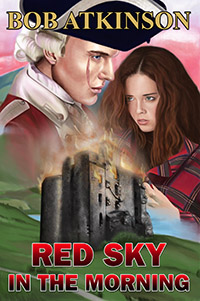



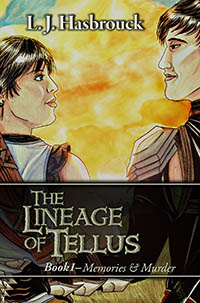
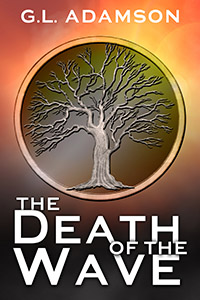
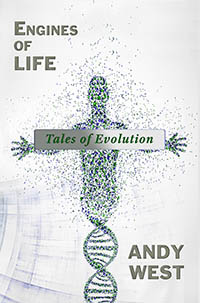
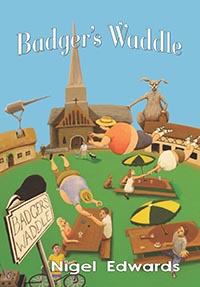
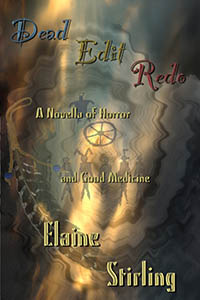
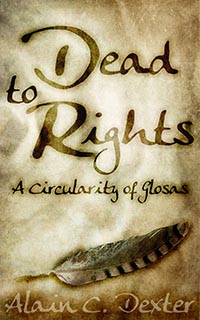


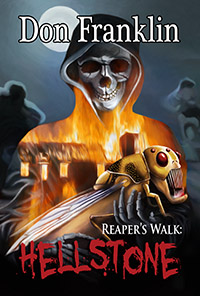

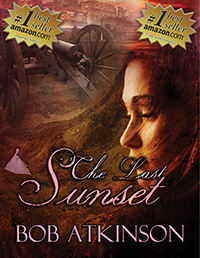
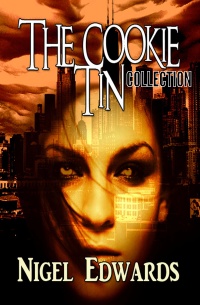
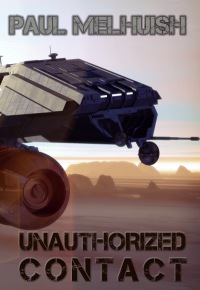


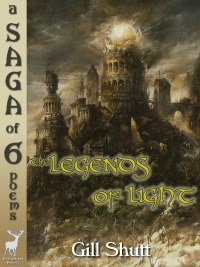
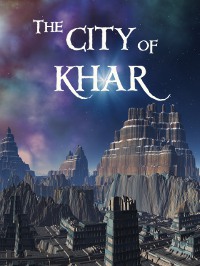




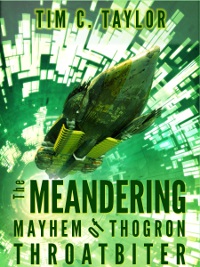


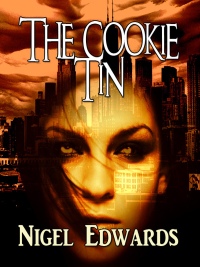
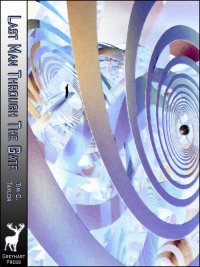

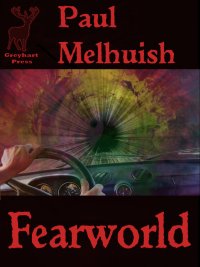

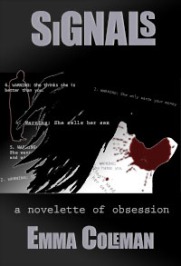
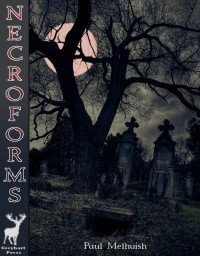





Daughters of Babylon is at the top of my reading stack just now. You’ve articulated something I hadn’t quite hit upon myself, that thing I’ve tagged as my own distracting-duality when it comes to reading. I can attest that my distracted-duality enters l-o-n-g stretches of unity while reading Stirling’s latest book! It is impressive how she’s crafted a robust range through which far flung aspects of the self are compelled to work in concert AND cuddle up while traveling the story’s journey.
Pingback: The Problematic Existence of Lydia Nogales, Part II | Oceantics